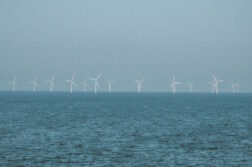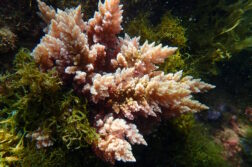The BIGPARK project will extend over time the genetic and ecological monitoring undertaken in the Cabrera Archipelago and Atlantic Islands. Conventional inventories and metabarcoding of eDNA will be used to assess natural and invaded communities in a context of global warming.
Long-term monitoring of biological and environmental parameters is a necessary tool to assess alterations in conservation status of natural systems and allow a meaningful management of ecological threats. BIGPARK seeks to continue ongoing genetic, ecological, and environmental monitoring in National Parks that include marine communities. This monitoring targets invaded (by alien seaweeds) and non-invaded communities in a context of progressive warming. A genetic monitoring via metabarcoding of benthic communities was initiated in Cabrera and Islas Cíes in 2014, and expanded to include communities invaded by alien seaweeds in 2015. Traditional algal surveillance in Cabrera was initiated in 2005, and continuous temperature recordings started in 2007. We propose to continue this multiple-approach monitoring in 2018 and 2020, thus adding two new time points in a context of repeated temperature anomalies. We will also initiate the surveillance of ichthyofauna using eDNA, as well as abundance censuses of the main herbivore species. Finally, will all data available we will make the first modelling attempt to determine the relative importance of biotic (competence, herbivory) and abiotic (temperature, physical characteristics of the communities) factors in the ongoing expansion of invasive seaweeds. The results of this project will provide Park authorities with a powerful tool to predict and manage ongoing change related to invasive species and global warming.




